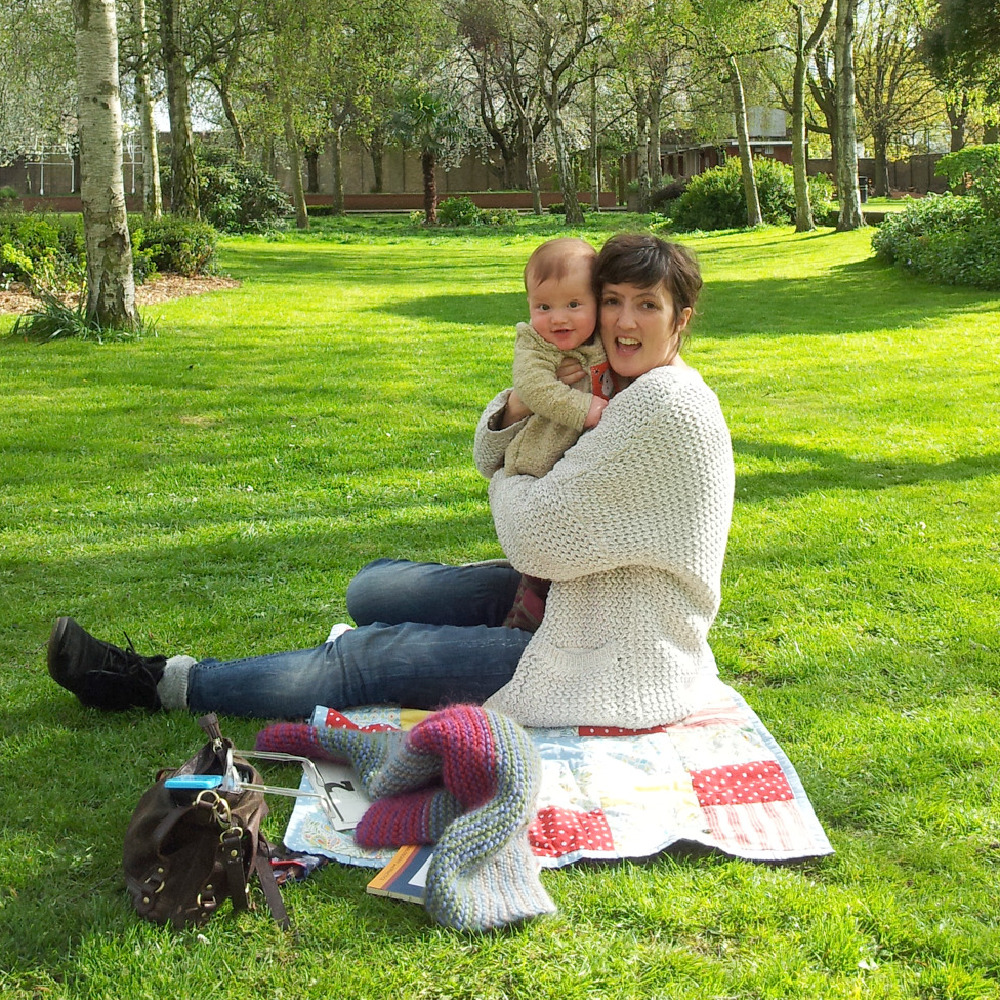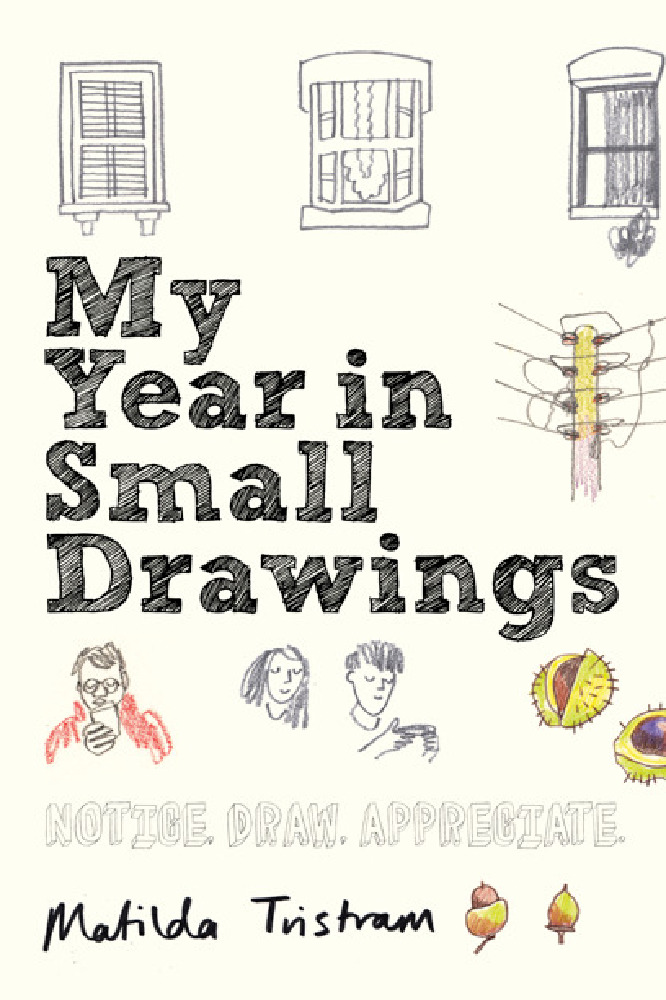Matilda Tristram, an award-winning illustrator and author from London, was diagnosed with cancer while pregnant with her first child four years ago. It was during this time that Matilda realised how useful drawing could be as a therapeutic practice. Her new book, My Year in Small Drawings: Notice, Draw, Appreciate, is published by Leaping Hare Press in August.

Matilda Tristram
Ten ways drawing has helped me through difficult times.
Distraction. When concentrating on how to draw something, I stopped thinking about how frightened I felt.
Communication. With drawing, I was able to describe moments or feelings that I found hard to explain in conversation. Talking was upsetting, but drawing, and adding a few notes, had the opposite effect.
Portability. I brought a small notepad with me to hospital and drew in the waiting rooms and treatment chairs. I drew comics and from observation. It gave me something to do.
Comfort. I put my drawings online so that other people could read them and understand my experience. It’s easy to feel ‘alone’ with one’s problems, but somehow by drawing, and showing those drawings to people, I felt less isolated.
Speed. I started to draw more quickly than I had done before, in a loose, ‘rough’ style. The point wasn’t to make a beautiful drawing but to remember what was happening. Working like this helped me to understand what I think the point of drawing really is. To ‘say’ something, in whatever style suits the purpose of the image. By drawing so often, over a long period of time, my own style developed and became clearer.
Remembering. Drawing has played a huge part in my recovery. I drew things that, at the time, seemed less significant than the moments of crisis, like what we ate, where we went, and other ordinary things we did. Now, it helps to look back and remember those happier moments, that I might otherwise have forgotten, to remind me of how well we coped. My drawings were published a year later as a book called Probably Nothing (Penguin/Viking 2014).
Working it out. I am still dealing with the ongoing and unpredictable fallout of my cancer diagnosis. Drawing helps to transfer some of what’s going on emotionally inside of me, onto a piece of paper, outside of me. It helps to put things in order, to understand what I’m worried about, to ‘give a voice’ to what I really think about things.
Style. My favourite way to work is with pictures and text; small drawings with notes. Text can change the meaning of an image and vice versa. I find it much harder to explain what I mean using one without the other.
It’s fun! Doing a drawing of something that looks like what it’s meant to be, or says what it’s meant to say is satisfying. It’s a relaxing thing to do; there are always more techniques to try, more ways to develop as an artist. You can use it as an excuse to visit new places, to meet people, to start conversations.
Drawing can be a sociable activity. Drawing together with others, sharing your drawings and ideas online, finding out about different artists and their ideas and experiences, and sharing their work too is enriching. This year I wrote a new book, My Year in Small Drawings: Notice, Draw, Appreciate, which I hope will encourage people to use drawing as a way to describe their lives and convey their thoughts too.

Tagged in Cancer

